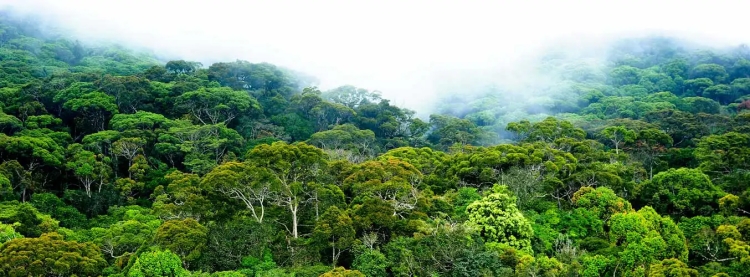Sinharaja Rain Forest: Sri Lanka’s Biodiversity Haven and Nature Paradise
Discover Sinharaja Rain Forest, Sri Lanka’s UNESCO World Heritage biodiversity hotspot! Trek through lush trails, spot endemic wildlife, and embrace eco-tourism. Plan your nature adventure with our guide at imsrilanka.com.
Introduction to Sinharaja Rain Forest: A UNESCO World Heritage Treasure
Nestled in the lush, emerald heart of Sri Lanka’s Sabaragamuwa and Southern Provinces, Sinharaja Rain Forest is a pristine tropical rainforest renowned for its staggering biodiversity and natural beauty. As Sri Lanka’s only UNESCO World Heritage Site dedicated to nature, this lowland rainforest is a haven for wildlife enthusiasts, birdwatchers, and eco-tourists. Spanning 88 square kilometers, Sinharaja, meaning “Lion Kingdom,” is home to rare flora, fauna, and endemic species found nowhere else on Earth.
For international travelers seeking an immersive nature experience, Sinharaja offers guided treks through dense jungles, serene waterfalls, and vibrant ecosystems, all set against the backdrop of Sri Lanka’s rich cultural heritage. This comprehensive guide explores why Sinharaja Rain Forest is a must-visit destination, what makes it a standout in the Wildlife & Nature Parks category, and how to plan your trip for an unforgettable adventure. From spotting elusive leopards to marveling at exotic birds, here’s everything you need to know about exploring Sinharaja.
Why Visit Sinharaja Rain Forest? A Nature Lover’s Dream
Sinharaja Rain Forest is a global biodiversity hotspot, recognized for its ecological significance and unparalleled natural beauty. Whether you’re an avid birder, a wildlife photographer, or simply a traveler seeking tranquility, Sinharaja delivers a unique experience. Here’s why it’s a top travel destination for foreign visitors:
-
Rich Biodiversity: Over 50% of Sri Lanka’s endemic species, including mammals, birds, and plants, thrive in Sinharaja’s dense canopy.
-
Birdwatching Paradise: Home to 20 of Sri Lanka’s 26 endemic bird species, it’s a bucket-list destination for ornithologists.
-
Eco-Tourism: Sinharaja promotes sustainable tourism with guided tours that support conservation efforts and local communities.
-
Scenic Beauty: From misty trails to cascading waterfalls, the rainforest’s landscapes are a photographer’s dream.
-
Cultural Connection: Learn about Sri Lanka’s ancient relationship with nature through local guides and nearby villages.
For international travelers, Sinharaja offers a chance to disconnect from the hustle and bustle and reconnect with nature in one of the world’s last remaining lowland rainforests.
The Ecological and Cultural Significance of Sinharaja
Sinharaja Rain Forest is a living testament to Sri Lanka’s ecological heritage. Formed millions of years ago, this lowland rainforest has remained largely untouched, preserving a delicate ecosystem that supports an astonishing array of life. Over 60% of the trees and plants in Sinharaja are endemic, including towering dipterocarps and rare orchids. The forest is also home to endemic mammals like the purple-faced langur and elusive Sri Lankan leopard, as well as countless reptiles, amphibians, and insects.
Culturally, Sinharaja holds deep significance for Sri Lankans. The forest is steeped in folklore, with its name “Lion Kingdom” evoking tales of ancient rulers and mythical creatures. Local communities living on the forest’s edges have coexisted with the ecosystem for centuries, practicing sustainable farming and herbal medicine. Visiting Sinharaja allows travelers to engage with these traditions through interactions with local guides and village tours.
Designated a UNESCO World Heritage Site in 1988, Sinharaja is a global symbol of conservation, protected to preserve its unique biodiversity for future generations. For foreign visitors, exploring Sinharaja is not just a nature trip—it’s a journey into Sri Lanka’s ecological and cultural soul.
Top Attractions and Activities in Sinharaja Rain Forest
Sinharaja offers a wealth of activities for nature lovers and adventurers. Here are the must-do experiences to make your visit unforgettable:
1. Guided Rainforest Treks
Sinharaja’s network of trails, ranging from easy to challenging, takes you deep into the heart of the rainforest. Guided treks, led by expert naturalists, reveal hidden waterfalls, rare plants, and wildlife. Popular trails include the Sinhagala Trail (moderate, 8 km) and the Moulawella Trail (challenging, 10 km), both offering stunning views and wildlife sightings.
Travel Tip: Book a guided trek for $15-25 USD through certified operators to ensure a safe and informative experience. Wear sturdy shoes and long clothing to protect against leeches.
2. Birdwatching in Sinharaja
Sinharaja is a birdwatcher’s paradise, with endemic species like the Sri Lanka blue magpie, red-faced malkoha, and Ceylon frogmouth. The forest’s dense canopy and clearings provide ideal spots for spotting over 140 bird species, including migratory visitors.
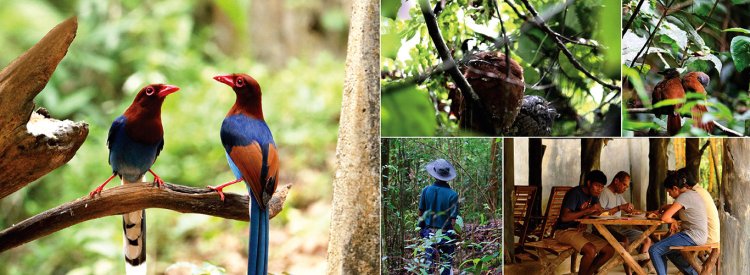
Travel Tip: Bring binoculars and hire a specialized birding guide ($20-30 USD) for the best chance to spot rare species. Early morning treks (6-9 AM) offer optimal bird activity.
3. Waterfalls and Natural Pools
Sinharaja is dotted with picturesque waterfalls, such as Kolawenigama Falls and Nella Falls, perfect for a refreshing dip after a trek. These serene spots are surrounded by lush greenery, offering a tranquil escape.
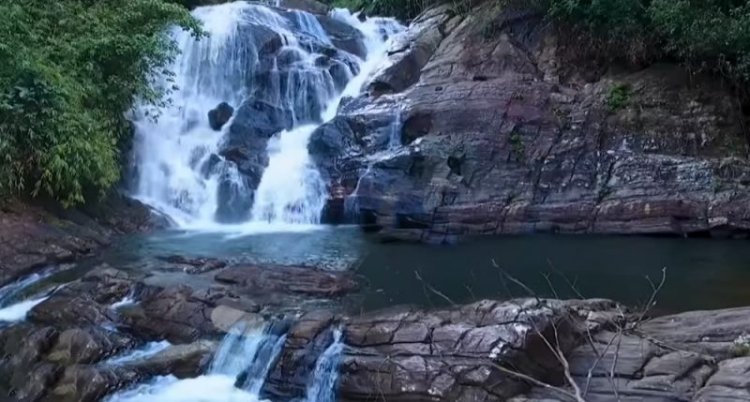
Travel Tip: Follow your guide’s instructions when swimming, as currents can be strong during the rainy season.
4. Wildlife Spotting
Beyond birds, Sinharaja is home to mammals like the sambar deer, barking deer, and the rare Sri Lankan leopard. Reptiles, including the green pit viper and hump-nosed viper, and amphibians like the wrinkled frog, add to the forest’s diversity.
Travel Tip: Stay quiet and alert during treks to increase your chances of spotting shy wildlife. Avoid flash photography to respect the animals.
5. Photography and Nature Journaling
Sinharaja’s vibrant landscapes, from misty canopies to colorful butterflies, make it a haven for photographers and nature enthusiasts. Capture the forest’s beauty or sketch its flora and fauna for a personal keepsake.
Travel Tip: Use a waterproof camera bag to protect equipment from sudden showers, and carry a notebook for journaling observations.
6. Village Tours and Cultural Experiences
Explore nearby villages like Deniyaya or Kudawa to learn about local life. Engage with residents, sample traditional Sri Lankan tea, and discover herbal remedies derived from the forest’s plants.
Travel Tip: Join a village tour for $10-15 USD to support local communities and gain insights into sustainable living.
7. Sinharaja Conservation Centre
The Sinharaja Conservation Centre, located near the Kudawa entrance, offers exhibits on the forest’s ecology, conservation efforts, and endemic species. It’s a great starting point for understanding the rainforest’s significance.
Travel Tip: Spend 30-45 minutes at the centre before your trek to enhance your appreciation of Sinharaja’s biodiversity.
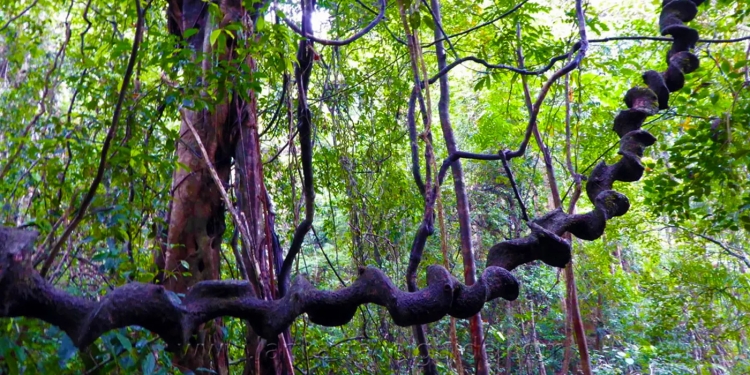
Planning Your Visit to Sinharaja: Practical Tips for Foreign Travelers
To ensure a seamless and enjoyable trip to Sinharaja, here are essential tips tailored for international visitors:
Getting to Sinharaja Rain Forest
Sinharaja is accessible via two main entrances: Kudawa (north) and Mederipitiya (south). It’s 130 km from Colombo and 65 km from Galle. Travel options include:
-
By Bus: Take a bus from Colombo to Ratnapura or Deniyaya (4-5 hours, $3-7 USD), then a tuk-tuk to the Kudawa or Mederipitiya entrance ($5-10 USD).
-
By Tuk-Tuk: A tuk-tuk from Galle to Deniyaya costs $20-30 USD (2-3 hours).
-
By Private Car: Hiring a car with a driver from Colombo costs $60-100 USD, offering comfort and flexibility.
-
By Train: Take a train to Ratnapura (3-4 hours, $2-5 USD), followed by a bus or tuk-tuk to the forest.
Travel Tip: Use Deniyaya or Ratnapura as a base for overnight stays, as they offer more accommodation options.
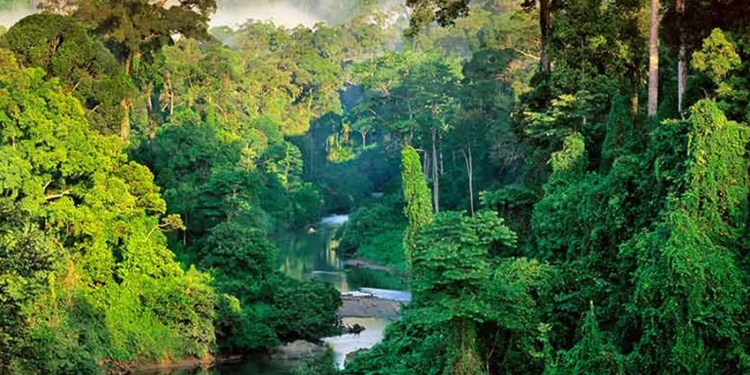
Best Time to Visit
The best time to visit Sinharaja is from December to April, during the dry season, when trails are less slippery and wildlife is more active (25-30°C). January and February are ideal for birdwatching. The wet season (May-November) brings heavy rain but lush greenery and fewer crowds.
Travel Tip: Check weather forecasts and pack rain gear, as showers can occur even in the dry season.
Tickets and Costs
-
Entrance Fee: The entrance fee for foreign visitors is approximately $15 USD, payable at the Kudawa or Mederipitiya entrance.
-
Guides: A certified guide is mandatory for treks, costing $15-25 USD for a half-day tour.
-
Additional Costs: Budget $5-10 USD for snacks, water, or souvenirs at nearby stalls.
Travel Tip: Pay fees at official ticket counters to avoid scams, and hire guides through reputable agencies listed on imsrilanka.com.
What to Bring
-
Lightweight, long-sleeved clothing and sturdy trekking shoes
-
Leech-proof socks or insect repellent for protection
-
A reusable water bottle and high-energy snacks
-
Binoculars and a camera for wildlife and scenery
-
A raincoat or poncho for sudden showers
Travel Tip: Wear neutral-colored clothing to blend into the forest and avoid disturbing wildlife.
Where to Stay
Accommodations near Sinharaja range from budget guesthouses to eco-lodges:
-
Budget: Rainforest Edge Guesthouse ($20-30 USD/night) offers basic rooms near the Kudawa entrance.
-
Mid-Range: Sinharaja Forest Gate ($40-60 USD/night) provides comfortable stays with forest views.
-
Luxury: Boulder Garden Eco Resort ($100-150 USD/night) offers eco-friendly luxury near Deniyaya.
Travel Tip: Book accommodations in advance during peak season (December-April) via imsrilanka.com for the best rates.
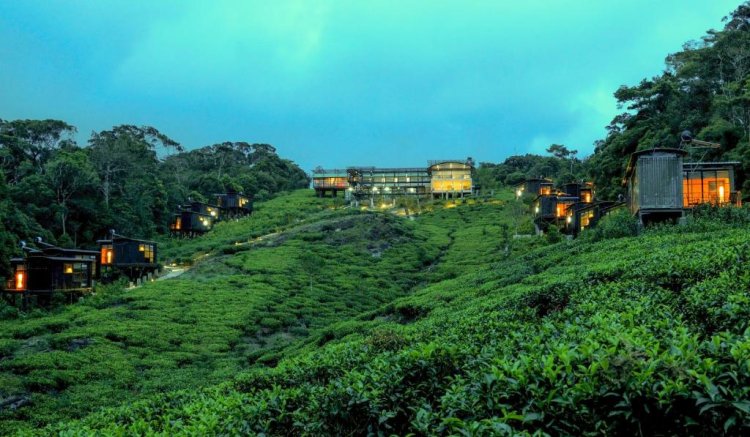
Cultural Experiences in Sinharaja: Connect with Local Traditions
Immerse yourself in the culture surrounding Sinharaja with these authentic experiences:
-
Local Cuisine: Enjoy rice and curry, pol sambol, and fresh fruit at family-run eateries in Deniyaya or Kudawa.
-
Herbal Medicine Tours: Learn about traditional Ayurvedic practices using Sinharaja’s medicinal plants during a guided village tour.
-
Tea Plantation Visits: Explore nearby tea estates to see how Sri Lanka’s world-famous Ceylon tea is produced.
What's Your Reaction?







